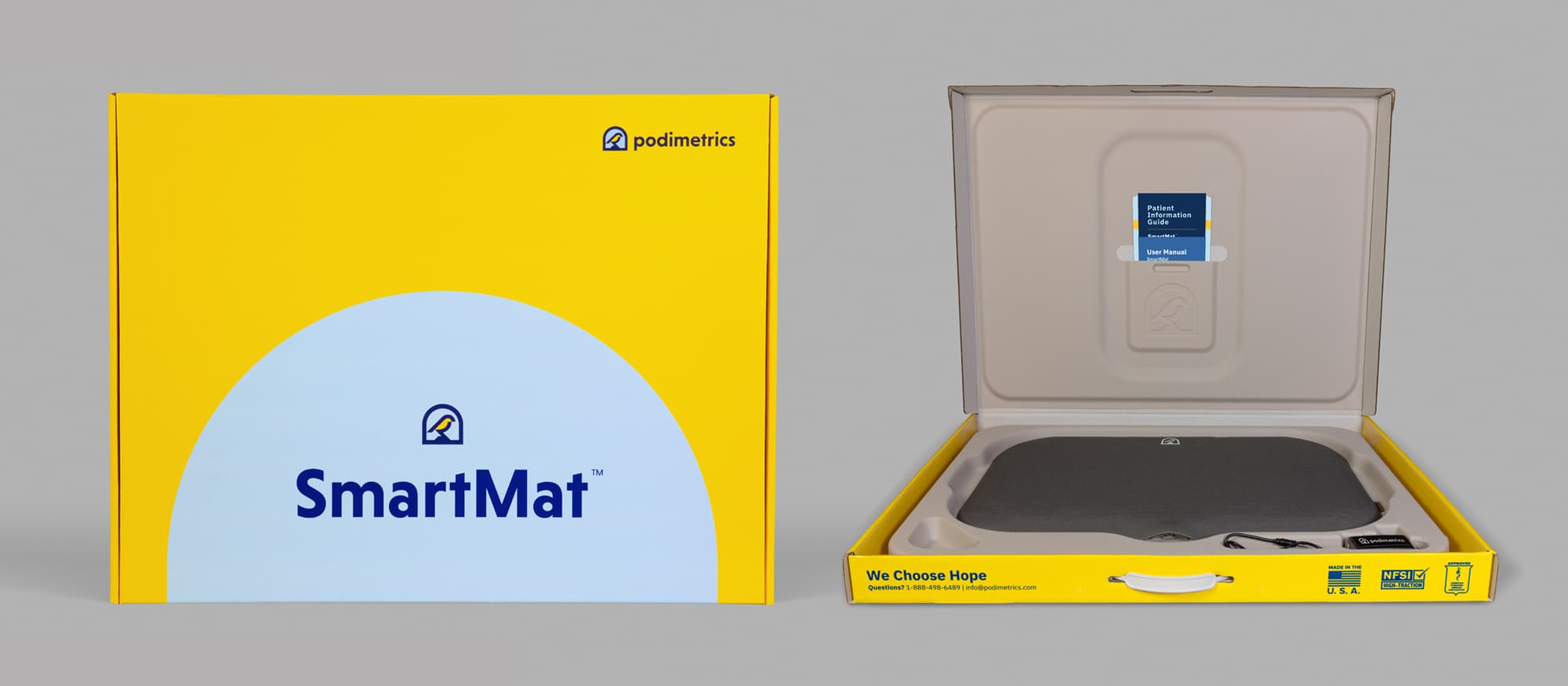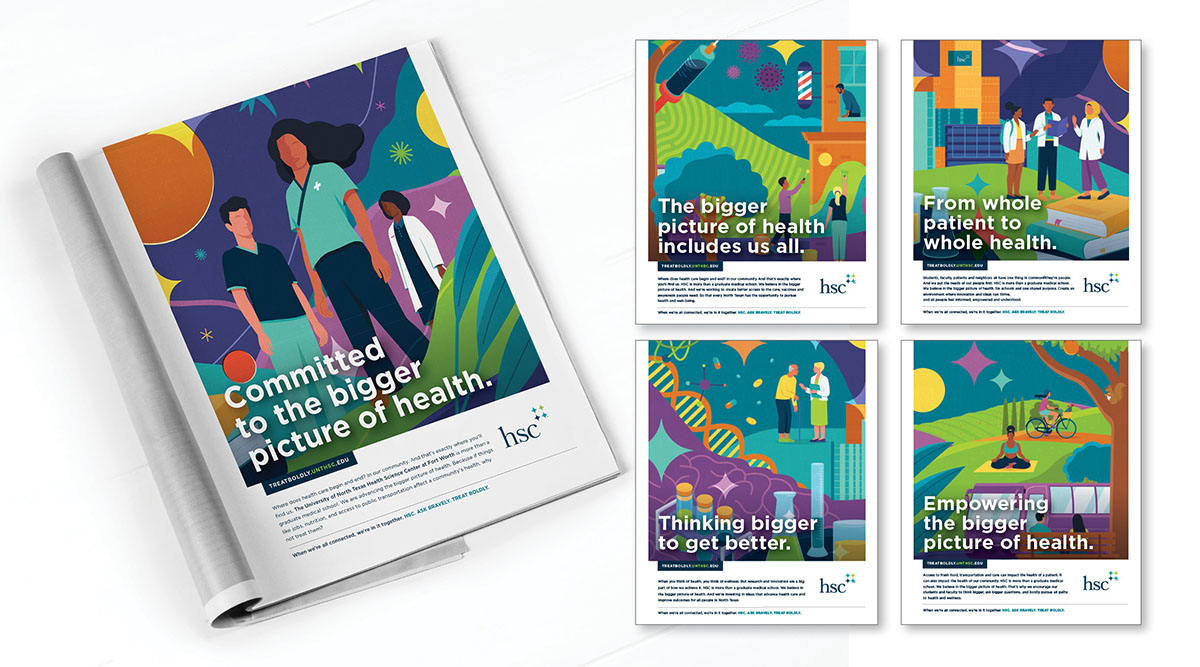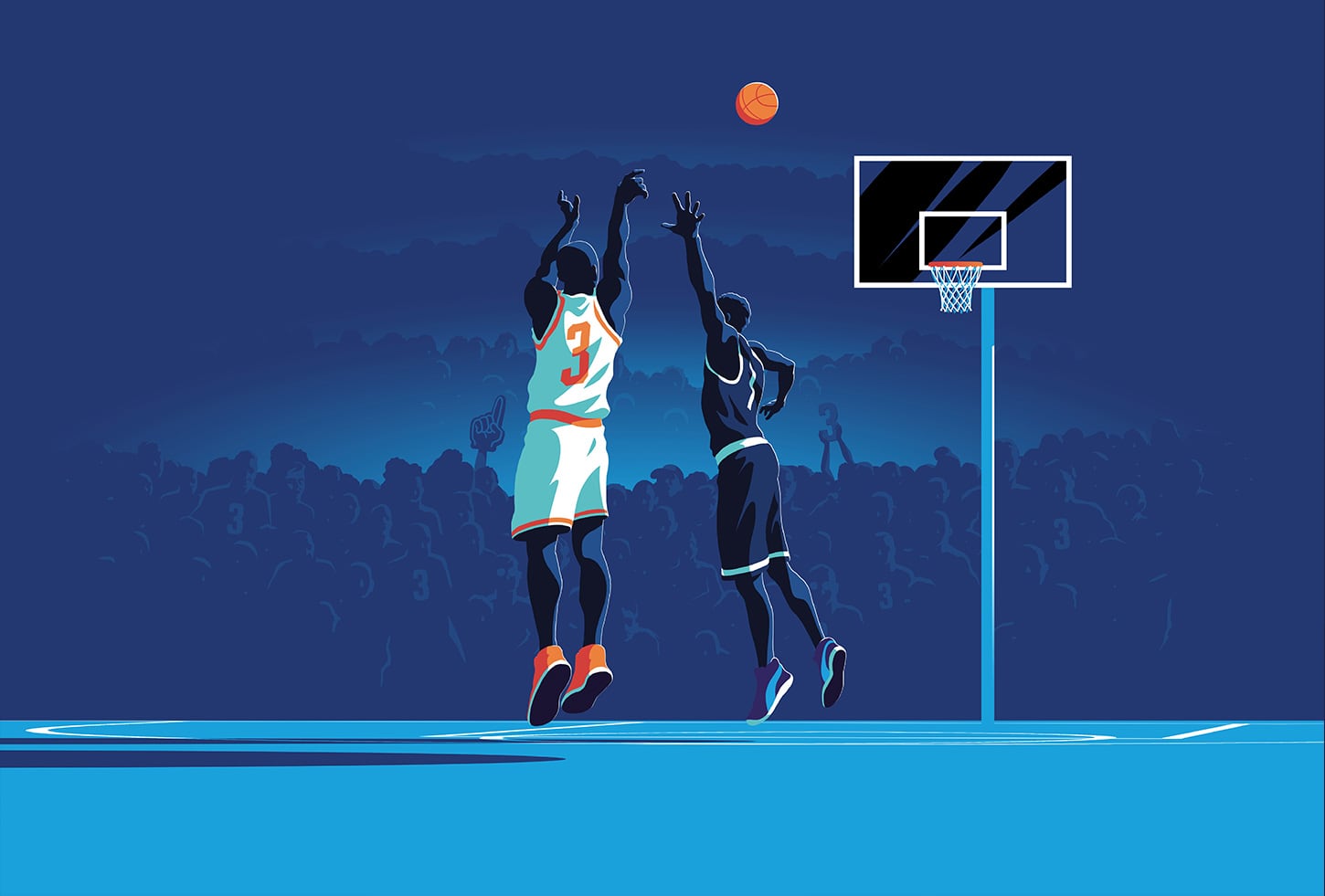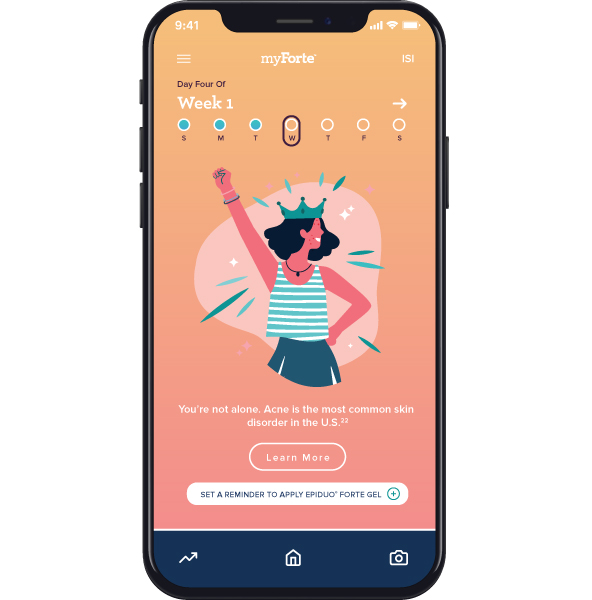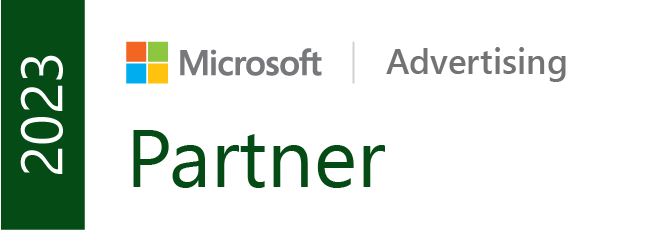Leveraging AI to amplify our creative process
As a creative leader at Schaefer, I’m thrilled to see our art directors leveraging AI prompts to enhance our visual ideation process. In our industry, innovation is paramount, and utilizing AI throughout our process opens up new avenues for creativity that were previously untapped.
In the past, our concept sessions generated great ideas, but bringing them to life digitally would require either skilled hand-drawn sketches, photo composites or extensive searching for stock imagery to bring them to life. While these methods serve us well, they often constrained our creative exploration to what was readily available or within the scope of an individual’s artistic abilities.


Now, with AI-generated images, we’re breaking free from those constraints. This exploration acts as a catalyst for imagination, sparking ideas that might not have surfaced through traditional brainstorming alone. By incorporating AI into our process, we’re pushing the boundaries of what’s possible, unveiling visual concepts that surprise and delight both ourselves and our clients.
It’s important to note that while AI plays a significant role in this stage, it doesn’t replace the human touch. Instead, it complements and propels our artistic vision, serving as a springboard for collaboration with photographers, animators, and illustrators who possess the skills to bring these ideas to fruition. Together, we’re able to realize concepts that surpass anything we could have envisioned in the past, ultimately elevating the quality and impact of our work.
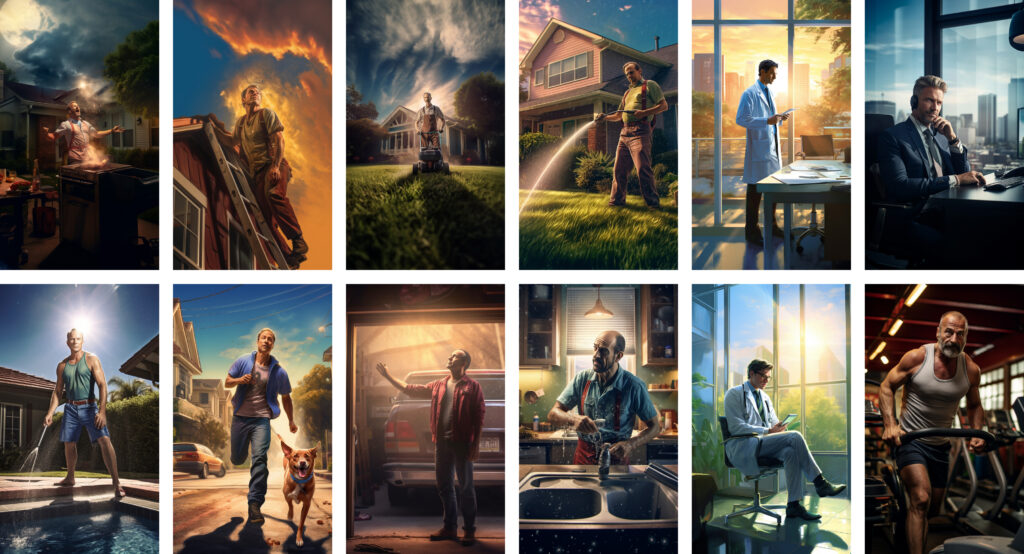
In essence, AI prompts are revolutionizing our creative journey, empowering us to explore uncharted territory and deliver visuals that captivate and inspire. By embracing this technology, we’re not just adapting to change – we’re driving it, leading the way in innovative design and storytelling.

